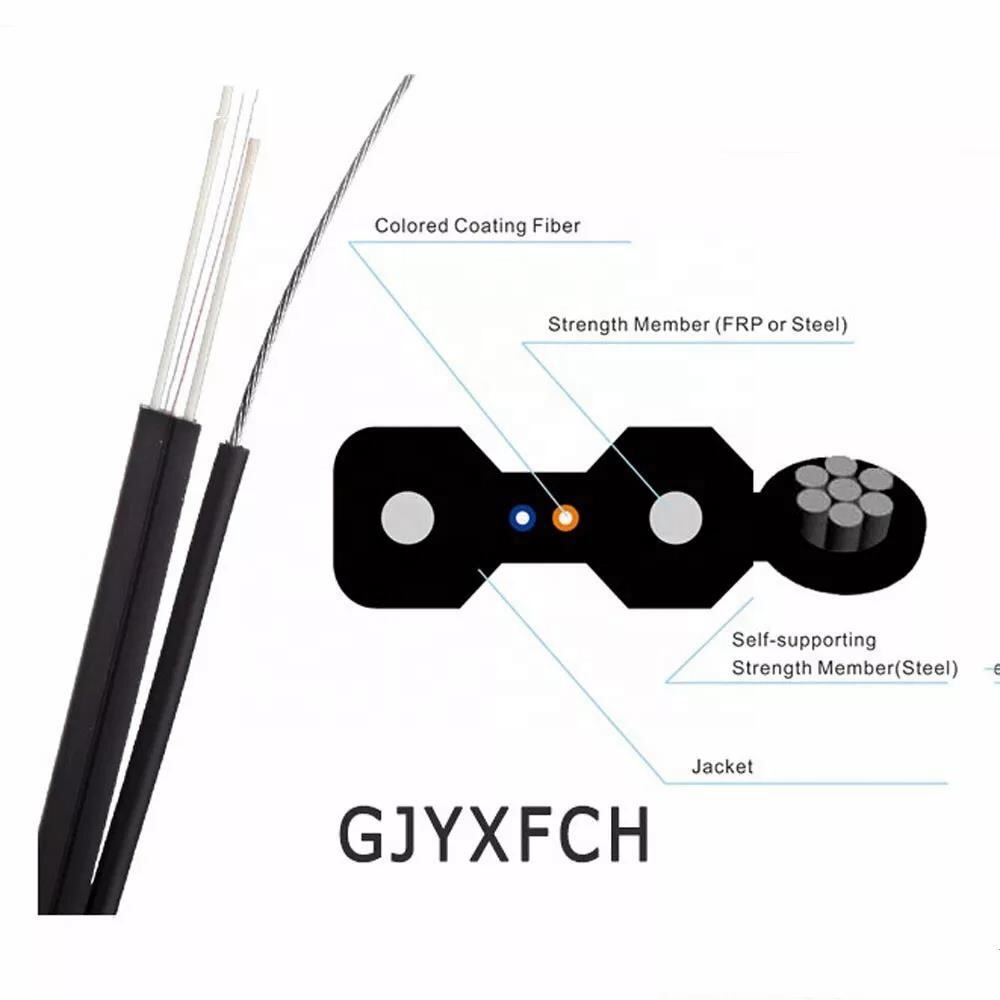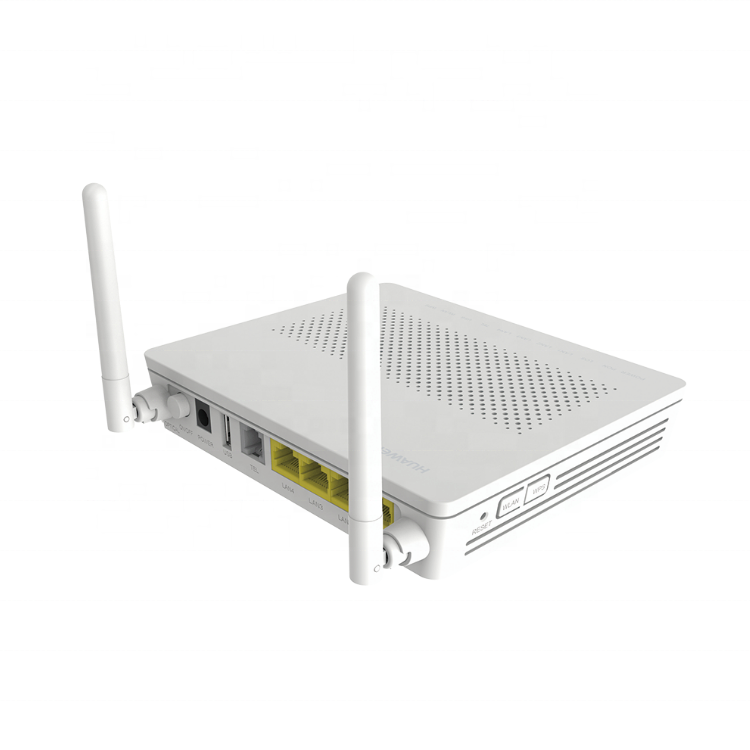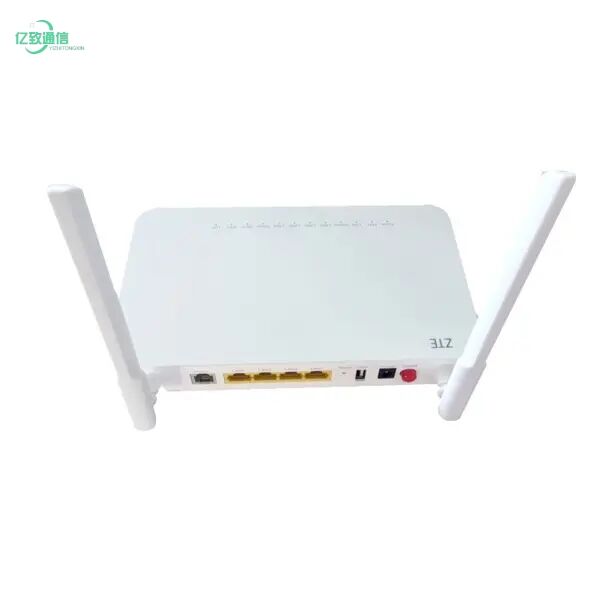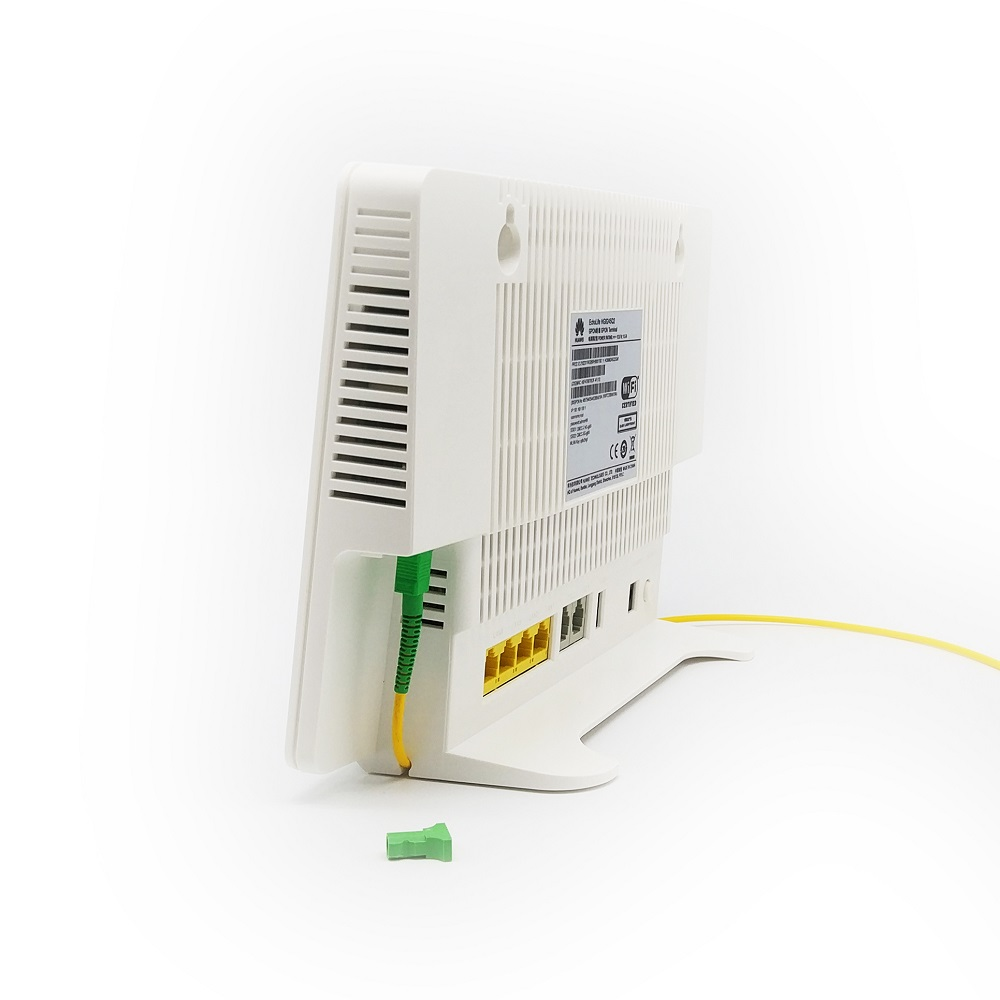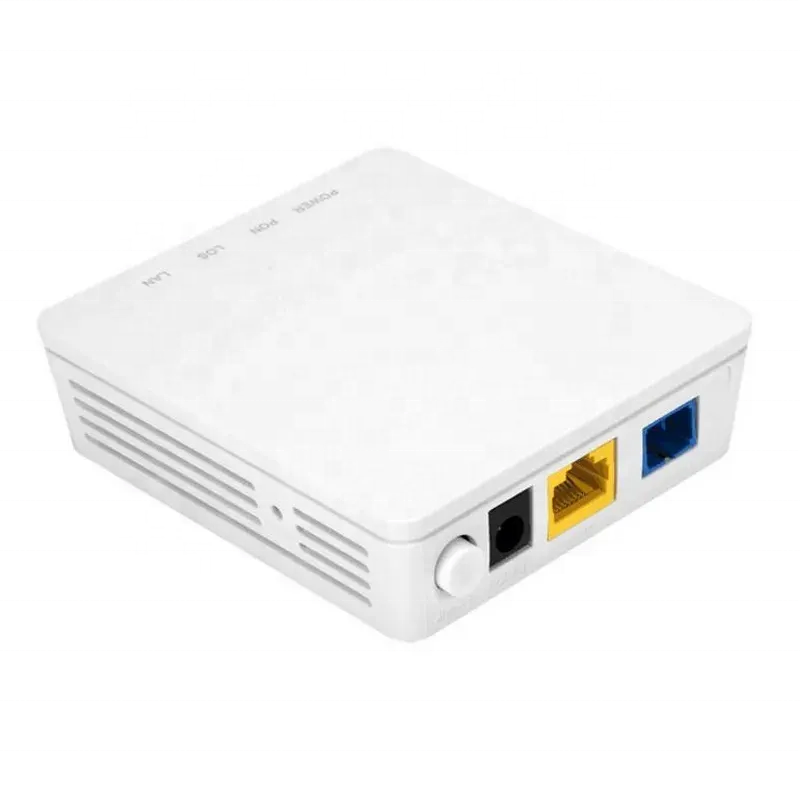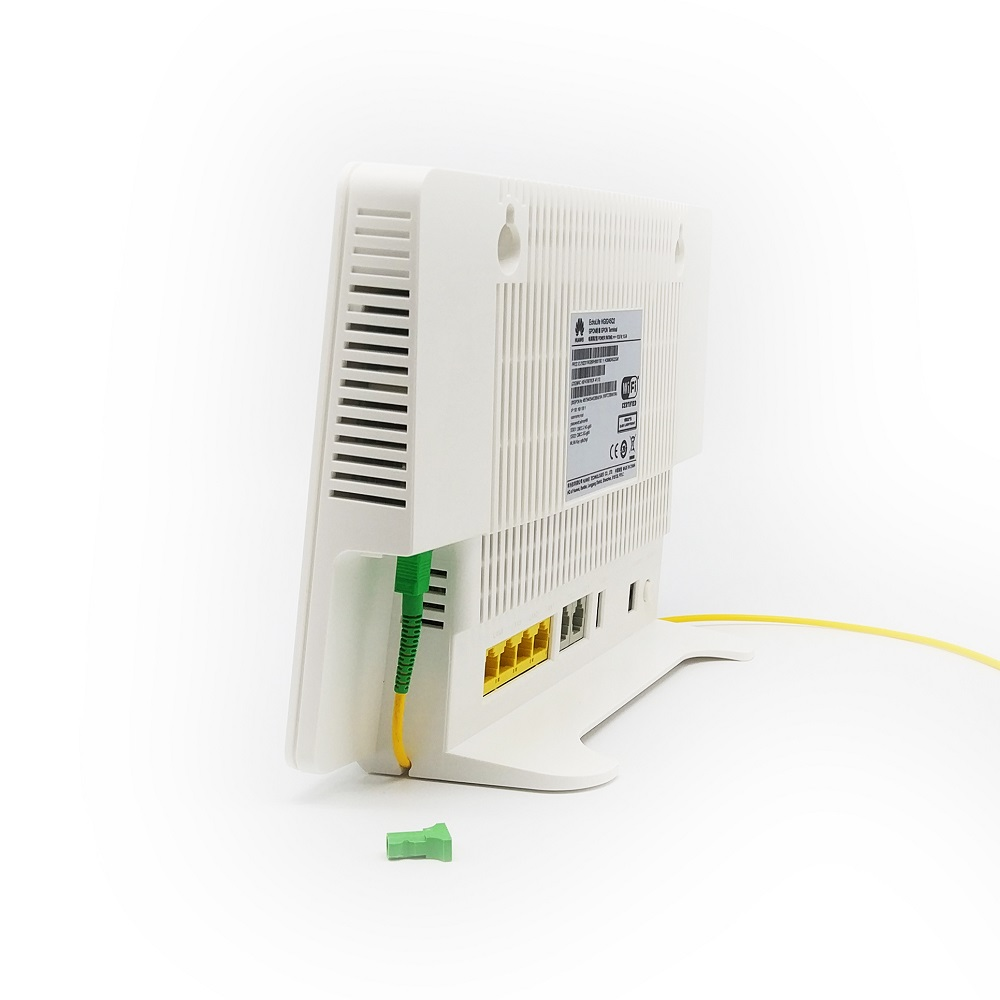multi mode fiber
Multi mode fiber represents a groundbreaking advancement in optical communication technology, designed to transmit multiple light rays simultaneously through its core. With a diameter typically ranging from 50 to 100 micrometers, this type of optical fiber enables high-speed data transmission across shorter distances, making it ideal for local area networks and data center applications. The fiber's core features a graduated refractive index that helps minimize modal dispersion, allowing for efficient signal propagation. What sets multi mode fiber apart is its ability to support multiple light modes, achieved through its larger core size compared to single mode fiber. This characteristic makes it particularly cost-effective for short to medium-range applications, as it can work with less expensive light sources like LED and VCSEL transmitters. The technology employs either step-index or graded-index profiles, with the latter offering superior bandwidth capabilities and reduced signal distortion. Modern multi mode fibers are categorized into different classes, such as OM1 through OM5, each optimized for specific wavelengths and bandwidth requirements. These fibers excel in enterprise networks, campus environments, and building backbone installations, where their ease of installation and handling provides significant advantages.

